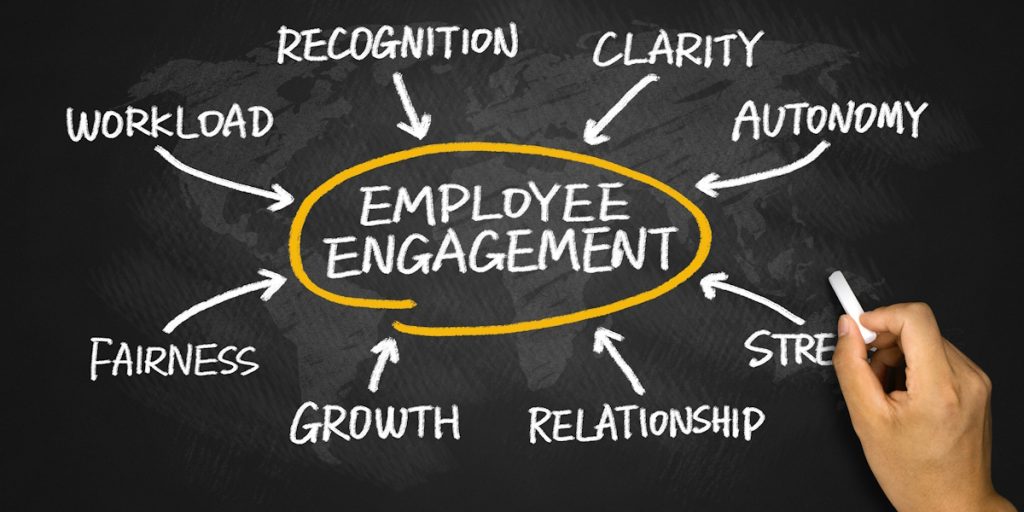Understanding what drives employee behavior is key to building a productive workforce. Businesses often implement incentives and rewards, yet not all strategies yield the desired results. This is where behavioral economics comes in. It explains how employees make decisions based on psychological triggers rather than pure logic. By applying behavioral science at work, companies can improve employee motivation, engagement, and overall workplace psychology.
Traditional economic theories assume people make rational decisions. However, real-world choices are often influenced by cognitive biases, emotions, and external factors. When businesses understand these behavioral insights for HR, they can create policies that align with how employees actually think and respond, leading to better decision-making in the workplace.
What Is Behavioral Economics?
Behavioral economics combines psychology and economic principles to explain why people sometimes make irrational choices. In a workplace setting, it helps organizations design policies that enhance employee performance and motivation. By recognizing patterns in employee behavior, businesses can implement strategies that positively influence engagement and productivity.
Key Principles of Behavioral Economics in the Workplace
Several concepts from behavioral economics play a significant role in shaping employee decisions:
- Loss Aversion – Employees tend to fear losses more than they value gains. This means they may work harder to keep a benefit than to earn a new one.
- The Endowment Effect – People place a higher value on things they already own. Offering personalized incentives and rewards can make employees more committed to their goals.
- Social Proof – Employees are influenced by what their colleagues do. If most of the team engages in a workplace initiative, others are more likely to follow.
- Choice Overload – Too many options can lead to indecision. Simplifying benefits, incentives, or career progression plans can improve participation and satisfaction.
- Nudge Theory – Small environmental changes can significantly influence behavior. For example, placing healthy snacks near the office coffee machine can encourage better eating habits.
How Behavioral Economics Improves Employee Motivation
Employee motivation is not solely driven by salary or promotions. Psychological triggers in business decisions impact workplace psychology and engagement strategies. Here’s how companies can use behavioral science at work to boost performance:
Incentives and Rewards That Work
Companies often use incentives to encourage productivity, but not all rewards work the same way. Behavioral economics suggests:
- Immediate Rewards Over Delayed Rewards – Employees respond better to instant recognition than to long-term bonuses.
- Non-Monetary Rewards Matter – Flexible work arrangements, public recognition, and career development opportunities can be as effective as financial incentives.
- Gamification Works – Introducing elements like point systems or leaderboards increases engagement and motivation.
Using Behavioral Insights for HR to Drive Performance
HR teams can apply behavioral insights to improve engagement and decision-making in the workplace:
- Framing Communication Effectively – The way information is presented influences how employees perceive it. For example, emphasizing potential gains from a training program rather than the effort required makes participation more likely.
- Reducing Cognitive Biases in Employees – Training employees to recognize their biases can improve teamwork, reduce conflicts, and enhance decision-making.
- Encouraging Small Behavioral Changes – Simple nudges, like default enrollment in retirement plans, can significantly impact employee financial security and satisfaction.
The Role of Leadership in Applying Behavioral Economics
Leadership plays a crucial role in implementing behavioral economics. Managers who understand decision-making in the workplace can:
- Set clear expectations and reinforce positive behaviors.
- Create an environment where employees feel valued and engaged.
- Use behavioral economics and leadership strategies to improve team dynamics and performance.
Final Thoughts: Implementing Behavioral Economics in Your Organization
Applying behavioral economics can transform how businesses approach employee motivation and performance. By leveraging insights into cognitive biases, reward systems, and workplace psychology, companies can create a more engaged and productive workforce.
Want To Optimize Workplace Performance With Behavioral Science Strategies




